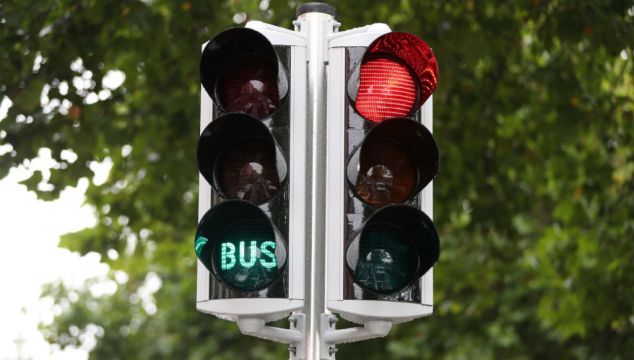More people are travelling actively by walking or cycling, while the use of cars and public transport has dropped since the Covid-19 pandemic began.
A new release from the Central Statistics Office (CSO) analysing the impact of Covid-19 on travel behaviour in 2021 found that of those who travelled by car daily or almost daily, 87 per cent continued with similar frequency when surveyed in the last quarter of the year.
However, nine per cent of people were using a car less often (three to four times weekly), and three per cent were only making trips by car once or twice weekly.
CSO statistician Maureen Delamere said: “When this survey was carried out in Quarter 4 2021, we were more than one and half years into the global Covid-19 pandemic. It is interesting to look at how this pandemic has changed our lives and, in particular, how it has impacted our travel behaviour.
“More remote working has likely impacted on our car usage. With more people remote working for part or all of their working week in Quarter 4 2021, car usage was impacted with more people now staying at home more often.
“In Quarter 4 2021, just 58 per cent of respondents who were remote working travelled by car daily or almost daily, compared with three quarters (75 per cent) of respondents who were not working remotely pre-Covid-19.”
Covid concerns
Ms Delamere noted that concerns regarding Covid-19 was one of a number of reasons given by respondents for not using public transport more frequently.
“Covid-19 concerns were cited by one in seven (14 per cent) of respondents who use bus services less than weekly and one in ten (10 per cent) of respondents who use rail services less than weekly,” she said.
The population has also become more active since the pandemic, she added.
“Of those who walk or cycle at least monthly, they were asked if they walk or cycle more than they did before the pandemic. Nearly four in ten (37 per cent) said that they walk more now than they did prior to the arrival of Covid-19, while one third (33 per cent) said they cycle more now than they did before the pandemic," Ms Delamere said.
“Leisure/exercise purposes was the main reason for almost six in ten (57 per cent) of cycling journeys and nearly half (47 per cent) of journeys by foot.
“It is important to note, however, that this is a snapshot in time, as to how Covid-19 had affected our lives and in particular, our travel behaviour in 2021. Future CSO National Travel Surveys will strive to provide insight into how many of the pandemic-related changes in travel behaviour are sustained.”







